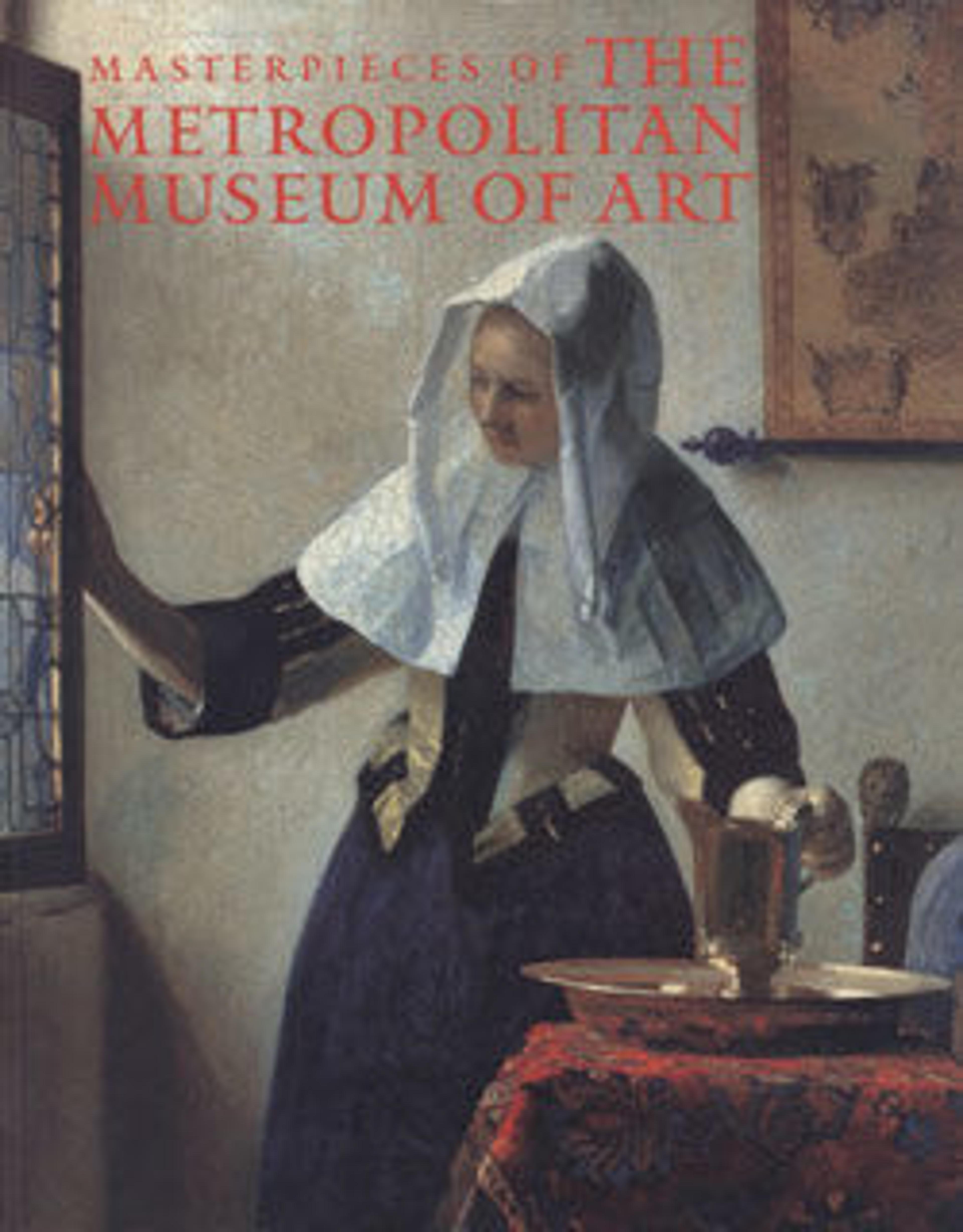Reclining mouflon
This powerful sculpture represents a mouflon, a type of wild sheep native to the highland regions of the Near East. The animal's head, now partially broken away, is held upward and is twisted to the right, creating an impression of alertness. The artist has achieved a realistic rendering of an animal at rest, its weight thrown fully onto its left haunch, and its left hind leg tucked under its body. The bottom of the statue has been worn away, but it is likely that the hidden leg was originally indicated there. The entire body is contained within a single unbroken outline. The horns, ears, tail, and muscles were modeled in relief, although time and secondary use have flattened the contours on the right side. This combination of closed outline with broadly modeled masses and a minimum of incised detail is characteristic of animal sculpture from the Harappan-period levels at the site of Mohenjo Daro in the lower reaches of the Indus River. The function of these animal sculptures is unknown.
Artwork Details
- Title: Reclining mouflon
- Period: Mature Harappan
- Date: ca. 2600–1900 BCE
- Geography: Indus Valley
- Culture: Indus
- Medium: Marble
- Dimensions: L. 28 cm
- Credit Line: Purchase, Anonymous Gift and Rogers Fund, 1978
- Object Number: 1978.58
- Curatorial Department: Ancient West Asian Art
Audio
7068. Overview: Indus Valley
0:00
0:00
We're sorry, the transcript for this audio track is not available at this time. Please email info@metmuseum.org to request a transcript for this track.
More Artwork
Research Resources
The Met provides unparalleled resources for research and welcomes an international community of students and scholars. The Met's Open Access API is where creators and researchers can connect to the The Met collection. Open Access data and public domain images are available for unrestricted commercial and noncommercial use without permission or fee.
To request images under copyright and other restrictions, please use this Image Request form.
Feedback
We continue to research and examine historical and cultural context for objects in The Met collection. If you have comments or questions about this object record, please contact us using the form below. The Museum looks forward to receiving your comments.
